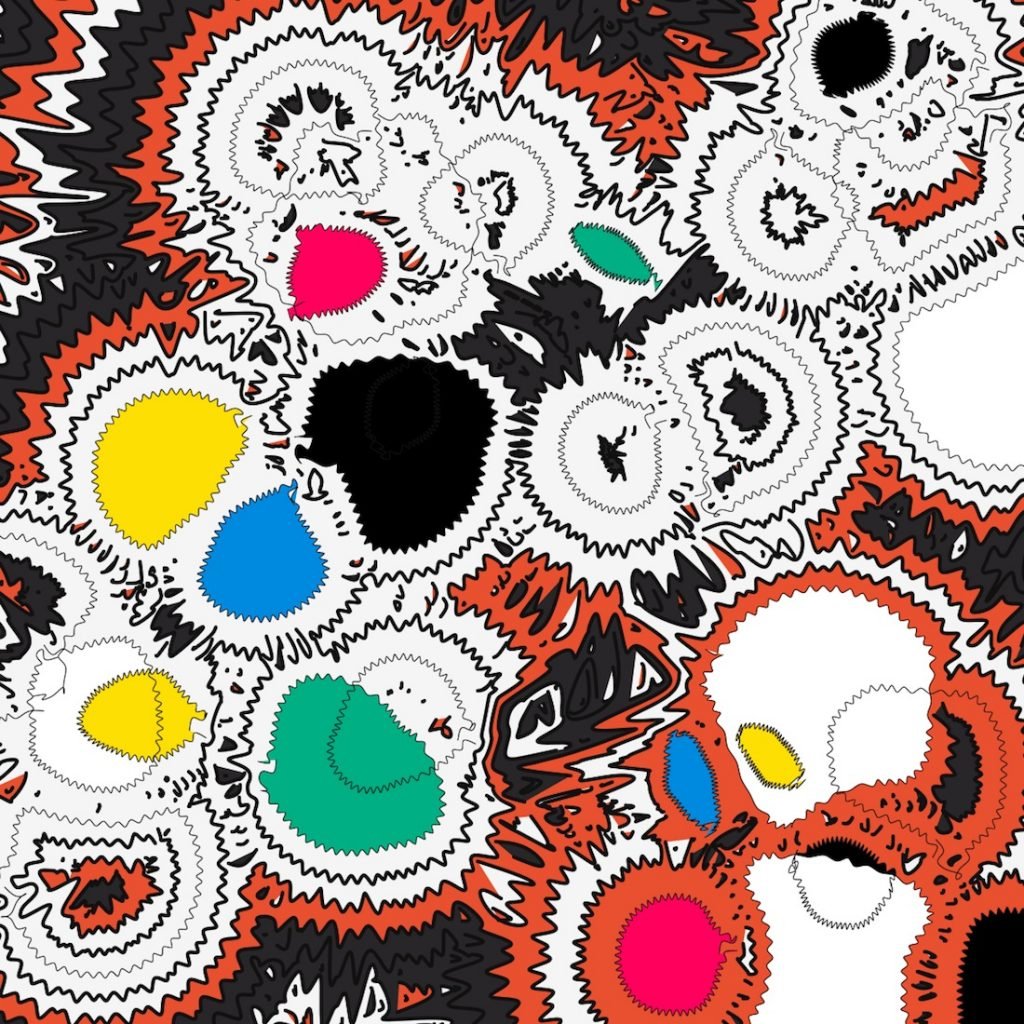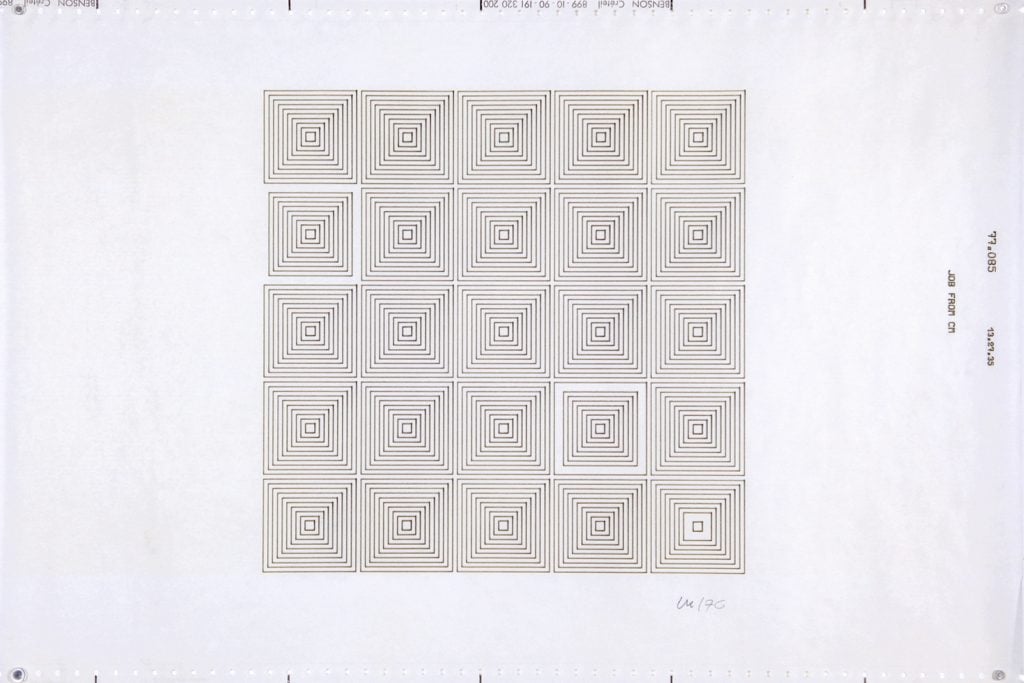Auctions
Sotheby’s Latest ‘Natively Digital’ Sale, Featuring Old-School Digital Artists, Squeaks by Its Low Estimate to Bring in $2.3 Million
The curated sale embraced the history of digital art and included both NFTs and physical works.

The curated sale embraced the history of digital art and included both NFTs and physical works.

Eileen Kinsella

While NFTs are dominating the conversation around digital art today, the idea of generative art and earlier digital art projects started appearing decades ago.
Sotheby’s is bringing this history to light with its series of “Natively Digital” sales, the most recent of which ran for a week, ending on April 25.
The hybrid sale, which included both physical works and NFTs, appears to have hit its mark, realizing $1.8 million, or $2.3 million with premium included. (The presale estimate was $2.3 million.) All 15 lots sold, and 11 lots offered had no reserve price.
The highest price by far was $882,00, paid for The difference between the subtleties and the subtle ties (2022), an NFT and a giclee print by Dmitri Cherniak. But even that was well below its $1 million asking price.

Manolo Gamboa Naon, CUDA (2022). Image courtesy Sotheby’s.
A representative said that 69 percent of the buyers were new to Sotheby’s, with more than a third of the them under the age of 40. The total spend breakdown by region was: North America, 40 percent; Asia, 39 percent; and Europe, 21 percent.
Among the other sales were Argentinean artist and creative coder Manolo Gamboa Naon’s NFT CUDA (2020), for $352,800, missing its low $400,000 estimate; and Careless and Well-Intentioned #1 (2022), another NFT and print dual offering by Tyler Hobbs, which sold for $327,600, clearing its low $300,000 estimate.
Beyond Recognition (2022) by IX Shells, aka Itzel Yard, who is widely considered the leading female artist in the generative art and NFT realms, sold, along with a print, for $189,000 (below the $200,000 to $300,000 estimate).

Vera Molnar, 1% de désordre (1976). Image courtesy Sotheby’s.
“NFTs and the idea of editioning art on the blockchain may be relatively new, but the artistic precedents of computer-generated art goes back to at least the 1960s,” the auction house said in a preview of the sale.
For instance, artist Vera Molnár, who had two works in the sale, began making artworks with plotters and computers as early as 1968. Meanwhile, the artist Harold Cohen had taught a computer named Aaron to paint by 1972.
Molnár’s work 2% of disorder in co-operation #01 (2022) sold for $138,600, within its estimate $100,000 to $150,000 estimate. Another work by the artist, 1% of disorder (1976), sold for $25,200, above the $20,000 high estimate.
Altogether, records were set for Molnár, Charles Csuri, Roman Verostko, Tyler Hobbs, Manolo Gamboa Noan, Sofia Crespo, Anne Spalter, and Iskra Velitchkova.
“Expanding on the curated approach that has defined our Natively Digital sale series, the latest sale was particularly innovative on several fronts,” said Sotheby’s co-head of digital art Michael Bouhana, “namely the concept of showcasing NFTs with works of historic generative art to celebrate the evolution of how those early pioneers, like Molnár and Csuri, forged a path for the digital art of today, and to take a look at how blockchain technology is being used to reimagine the field.”
Most of the artists in the sale were presented at auction for the first time, or their work was presented in the context of an NFT sale for the first time. As a result, Bouhana said, “many collectors were introduced to these works and artists and experienced generative art for the first time. In doing so, we achieved significant new benchmarks and records for a number of artists, and saw strong interest from digital and traditional art collectors alike throughout the sale.”